I've been trying to improve the behavior of one of the bosses in a top-down perspective shooter game that I'm working on, and one thing I haven't been able to quite implement correctly is plotting an intercept trajectory between the boss' "hook" projectile and the player according to the player's movement.
I've tried implementing it using the quadratic equation described here: https://stackoverflow.com/a/2249237/1205340
But I had pretty much the same results as this algorithm I came up with, which often will aim close to the player's expected position, but almost always misses unless the player is backpedaling away from the boss.
private float findPlayerIntercept(Pair<Float> playerPos, Pair<Float> playerVel, int delta) {
float hookSpeed = HOOK_THROW_SPEED * delta;
Pair<Float> hPos = new Pair<Float>(position);
Pair<Float> pPos = new Pair<Float>(playerPos);
// While the hook hasn't intercepted the player yet.
while(Calculate.Distance(position, hPos) < Calculate.Distance(position, pPos)) {
float toPlayer = Calculate.Hypotenuse(position, pPos);
// Move the player according to player velocity.
pPos.x += playerVel.x;
pPos.y += playerVel.y;
// Aim the hook at the new player position and move it in that direction.
hPos.x += ((float)Math.cos(toPlayer) * hookSpeed);
hPos.y += ((float)Math.sin(toPlayer) * hookSpeed);
}
// Calculate the theta value between Stitches and the hook's calculated intercept point.
return Calculate.Hypotenuse(position, hPos);
}
This method is supposed to return the theta (angle) for the boss to throw his hook in order to intercept the player according to the player's movement vector at the time the hook is thrown.
For reference, the Calculate.Hypotenuse method just uses atan2 to calculate the angle between two points. Calculate.Distance gets the distance in pixels between two positions.
Does anyone have any suggestions on how to improve this algorithm? Or a better way to approach it?



